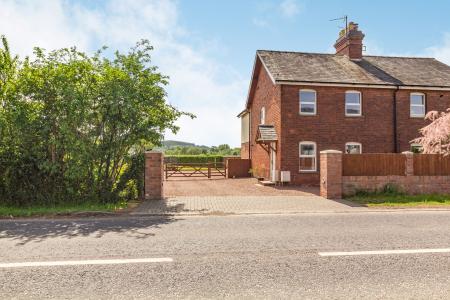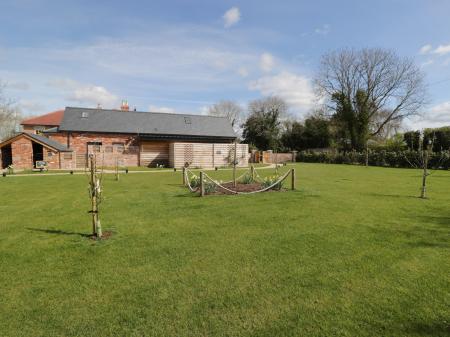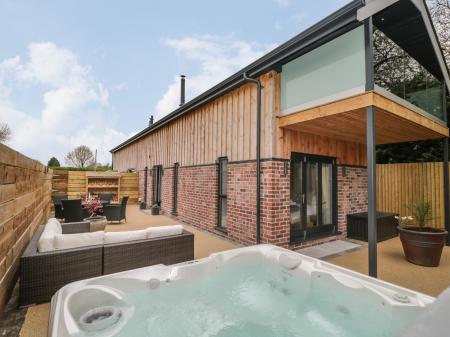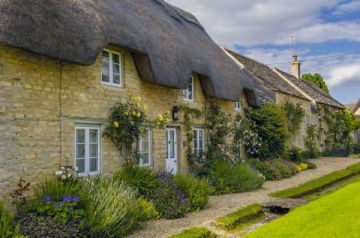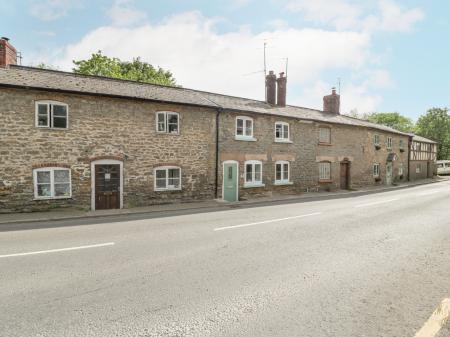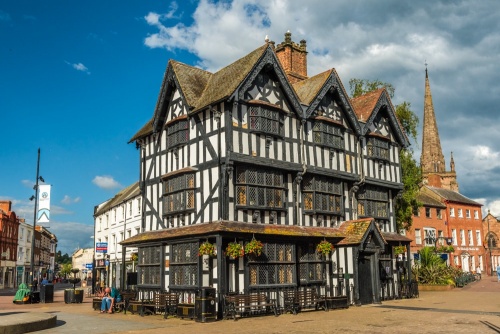
Rooms on view include the kitchens, parlour, and dining all. The interior is furnished with 17th-century furniture and decoration, much of it in English oak. There are a series of rare wall paintings on view, plus a period four-poster bed and an unusual 17th-century baby-walker.
One particular highlight is a wonderfully carved fireplace surround in the dining hall and an earlier medieval fireplace in the 17th-century butcher shop.
Children will enjoy dressing up in Jacobean costumes and playing historical replica puzzles.
The Black and White House also hosts regular Jacobean Evening events throughout the year, with family activities and themed events centred on the Jacobean period.

Historical Highlights
Wall Paintings
Lining the stairs are a stunning series of Tudor and Jacobean wall paintings. Al but one painting were brought here from other historic buildings around Hereford. One, from 5 Widemarsh Street, depicts the Biblical story of Joseph interpreting Pharaoh's Dream.
Six paintings depict Greek Muses -- goddesses of the arts, science, and literature. These paintings came from the house at 14 St Owens street and date to the period 1675-1700. Unlike the other wall paintings, we can make a good guess at the artist; they are thought to be the work of the Hereford painter John Fisher. The Muses were painted directly onto wall plaster using pigments and a binding agent such as egg-white or animal-based glue.
One wall painting is original to the Black and white House; it shows a man digging -- perhaps in the act of burying a treasure. This may represent the Biblical Parable of the Buried Talents (Matthew 25:14-30). The painting was originally in the downstairs parlour and was painted shortly after the house was built in 1621.

Family Bedrooms
On the top floor are four bedrooms, two occupying opposite ends of the floor and two smaller chambers in the middle. The first room is the Old Bedchamber, furnished with a four-poster bed with hangings, a cradle, armchair, and chest. from there you pass into the Childhood Room, lit by a large mullioned window. Here you can see a variety of antique furniture, especially items relevant to childhood.
The most striking item is a wheeled baby-walker dating to the late 17th century. This is made of oak and sycamore and painted green. Beside it is a very rare sliding walker for younger toddlers, built in the early 18th century. Another antique item is a canopied rocking cradle from the early 17th century.
At the far end of the upper floor is the New Bedchamber, the largest bedroom, which was probably used by the master and mistress of the house. This has been furnished with replica furniture and wall hangings to show how it would have looked in the middle of the 17th century.
The four-poster bed is a replica of a 'textile canopy' design from about 1640. Under the four-poster is a small truckle bed, designed for a child, or perhaps a servant. The canopied cradle beside the bed is an original 17th-century item.

Getting There
The Back and White House Museum stands at the east end of High Town (near the post office) in the centre of Hereford. It is well signposted for pedestrians in the city centre and is an easy walk from the cathedral.









 We've 'tagged' this attraction information to help you find related historic attractions and learn more about major time periods mentioned.
We've 'tagged' this attraction information to help you find related historic attractions and learn more about major time periods mentioned.